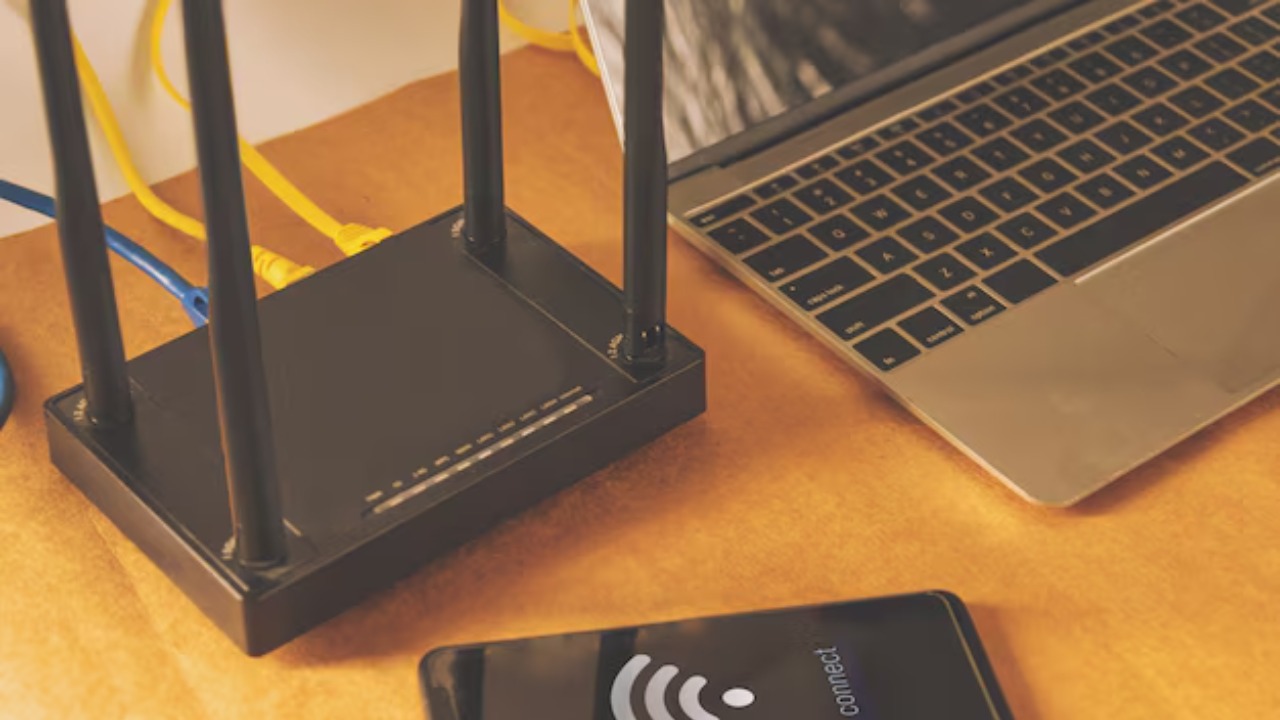
In an age where digital privacy is more critical than ever, a simple tweak to your router settings can significantly bolster your online security. A particular setting adjustment can enhance your privacy, drawing on research and insights from tech experts and security professionals.
Understanding the Importance of Network Privacy

The digital world is fraught with threats that are becoming increasingly sophisticated and frequent. Cybercriminals are constantly developing new methods to infiltrate home networks, making network privacy a top priority for individuals and families alike. As we connect more devices to the internet, from smartphones to smart home gadgets, the risk of exposure to these threats grows exponentially. It’s imperative to take proactive measures to protect our digital footprints.
Routers play a crucial role in safeguarding privacy as they act as the primary gatekeepers to your home network. Configuring your router correctly is essential to ensure that unauthorized users cannot gain access to your personal information. Without adequate protections, your data could be intercepted, leading to potential privacy breaches. Real-world implications are severe, as evidenced by numerous high-profile data breaches where sensitive information was compromised. These incidents underscore the necessity for robust network security measures.
The Magic Setting: MAC Address Filtering

One effective way to enhance your network’s security is through MAC address filtering. This security feature permits only approved devices to connect to your network. Each device has a unique MAC address, and by specifying which addresses are allowed access, you can effectively block unauthorized users. This adds an extra layer of security that can prevent intrusions and reduce the risk of data breaches.
The benefits of MAC address filtering are substantial. It not only helps prevent unauthorized network access but also enhances overall security by ensuring that only trusted devices can connect. This can be particularly useful in environments with numerous devices, offering peace of mind and control over your network. To enable MAC address filtering, access your router’s settings, usually found under the “Wireless” section. Here, you can manually input the MAC addresses of your approved devices. Follow your router’s instructions to complete the setup process.
Enhancing Router Security with Auto Wi-Fi Shutoff

Another effective strategy for bolstering your network’s security is implementing auto Wi-Fi shutoff. This feature allows you to set your Wi-Fi to turn off automatically during certain hours, deterring potential hackers and conserving energy. By disabling your network during times when it’s not in use, you reduce the window of opportunity for unauthorized access.
Setting up auto Wi-Fi shutoff is relatively straightforward. Most modern routers, like the Netgear Nighthawk series, offer this feature. In the router settings, navigate to the Wi-Fi schedule section and specify the hours you want the Wi-Fi to be inactive. This can also promote healthier digital habits within your household. By limiting screen time, especially at night, you can encourage better sleep patterns, particularly for children. Research suggests that reducing screen exposure before bedtime can improve overall sleep quality.
Additional Router Settings for Boosted Privacy

Beyond MAC address filtering and auto Wi-Fi shutoff, several other router settings can enhance your network’s privacy. One such feature is enabling WPA3 encryption. As the newest Wi-Fi security protocol, WPA3 offers significant advantages over its predecessors, such as stronger data protection and more secure connections. By upgrading to a router that supports WPA3, you can ensure that your data transmissions are better protected against unauthorized access.
Another essential setting to consider is disabling WPS (Wi-Fi Protected Setup). While WPS is designed to make connecting devices easier, it can also be a vulnerability that hackers exploit. Disabling this feature in your router settings can help prevent unauthorized network access. Additionally, keeping your router’s firmware updated is crucial for maintaining security. Regular updates patch known vulnerabilities and improve overall privacy features. Check your router manufacturer’s website or user manual for instructions on updating the firmware.
Practical Tips for Maintaining Network Privacy

Alongside configuring your router settings, there are practical steps you can take to maintain network privacy. Regularly changing your router and Wi-Fi passwords is a simple yet effective measure to prevent unauthorized access. Choose strong, unique passwords, and update them every few months to stay ahead of potential threats.
Monitoring the devices connected to your network can also help detect suspicious activity. Most routers provide a list of connected devices in their settings menu. Regularly review this list to ensure that only authorized devices are accessing your network. Additionally, setting up a guest network can limit exposure to your main network. By creating a separate network for visitors, you can keep your primary network more secure while still allowing guests to access the internet.